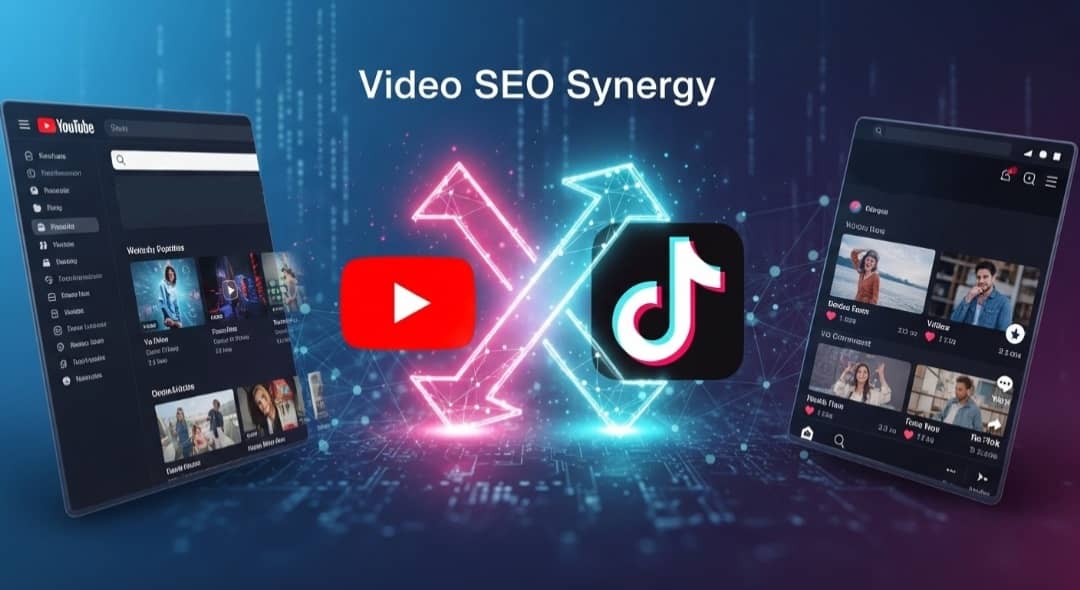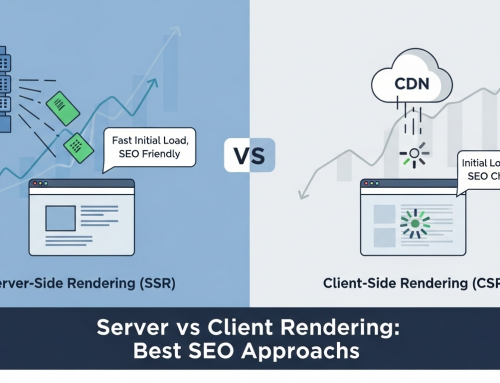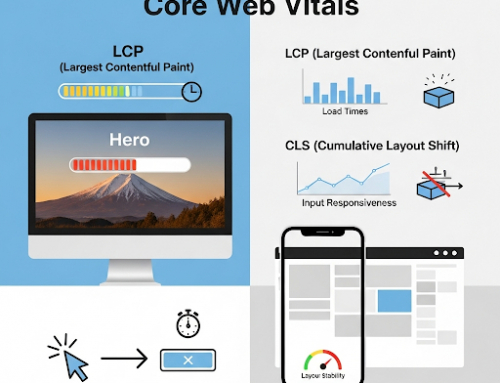Introduction
Historically, social media was frequently regarded as completely distinct from Search Engine Optimization (SEO). However, this perspective is now considered obsolete. Video platforms such as YouTube and TikTok have emerged as formidable search engines in their own capacity. Gaining proficiency in these platforms provides a dual benefit: extensive social visibility and substantial organic traffic prospects for your website. This article elucidates how to leverage video content not only for social interaction but also as an essential, high-impact element of your comprehensive SEO and content strategy.
Video Platforms as New Search Engines
The primary transformation in contemporary marketing involves acknowledging that users often conduct “how-to” and “best-of” searches directly on video platforms. YouTube, which is owned by Google, ranks as the second-largest search engine worldwide. Due to this affiliation, Google often highlights YouTube videos directly within its main Search Engine Results Pages (SERPs), establishing a vital channel for traffic. In a similar vein, TikTok’s search feature is increasingly utilized by younger demographics to discover reviews, local businesses, and product details. By properly optimizing your videos, you are effectively vying for visibility across three significant search platforms at once: YouTube Search, TikTok Search, and Google Search.
Optimizing Your Video Content for Search (VSEO)
Video SEO (VSEO) refers to the practice of enhancing your video’s metadata to ensure it is easily found both on the video platform and through external search engines. In contrast to conventional SEO, VSEO places significant emphasis on both verbal and visual indicators. To achieve optimal visibility, it is essential to be thorough with your settings on the platform.
VSEO Action Plan:
-
Keyword Research: Use the platforms’ own autocomplete features (e.g., typing “how to fix…”) to discover high-volume, long-tail search queries that users are actually typing in.
-
Title & Description: Your primary keyword must be featured naturally in the first 60 characters of your Title. The Description box, especially on YouTube, is prime SEO real estate—use it to write a 200-300 word summary that includes secondary keywords and, most importantly, a clear, trackable link back to your website.
-
Tags & Hashtags: On YouTube, use a mix of broad, specific, and long-tail tags. On TikTok, stick to 3-5 relevant, high-traffic hashtags (e.g., #DigitalMarketingTips) to increase internal platform discoverability.
-
Closed Captions and Transcripts: Always upload or manually edit accurate closed captions (SRT files). This is one of the biggest secrets to VSEO, as it provides search engines with a full, readable transcript of your spoken content, allowing it to be indexed for a wide range of keywords.
The Backlink and Authority Boost
Although social media links are frequently designated as “nofollow” (indicating that they do not convey direct SEO value), video content serves as a robust mechanism for generating high-quality backlinks, which continue to be a fundamental aspect of traditional SEO. Captivating and informative video content positions you as an authority within your niche. When industry blogs, news outlets, or even competing businesses address your subject matter, they are very likely to incorporate your YouTube video and, importantly, link back to your primary source page (such as a comprehensive blog post or product guide) for reference. This fosters a potent content ecosystem. Additionally, you should leverage your engaging short videos (such as TikToks or YouTube Shorts) as a means to attract views and subsequently direct authority back to your detailed, long-form content on your website.
Measuring the Social-to-SEO ROI
To prove the business value of your VSEO efforts, you must look beyond simple vanity metrics like views and likes.
Tracking Success:
-
Referral Traffic: Use UTM codes on all links placed in your video descriptions. This is the only reliable way to measure in Google Analytics exactly how much high-intent traffic your video platforms send directly to your website.
-
Backlink Acquisition: Regularly use tools like Google Search Console to track new backlinks to your site, noting which ones were earned shortly after a major video launch.
-
Keyword Discovery: Analyze the “traffic source” data within your YouTube and TikTok analytics. This data often reveals new, high-converting search queries that users are typing in, which you can then integrate into your website’s main content and keyword strategy.
Conclusion
The time has come to end the division between SEO and social media. By thoughtfully producing and enhancing video content on platforms such as YouTube and TikTok, you are effectively increasing brand visibility, excelling in three significant search environments, and attracting valuable, high-intent referral traffic. The crucial aspect is to regard your video content not merely as a marketing tool, but as a vital, keyword-optimized resource that directs authority back to your main website.






